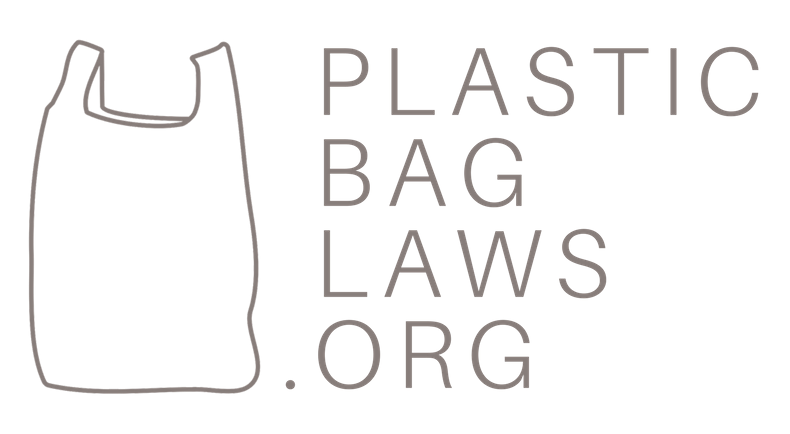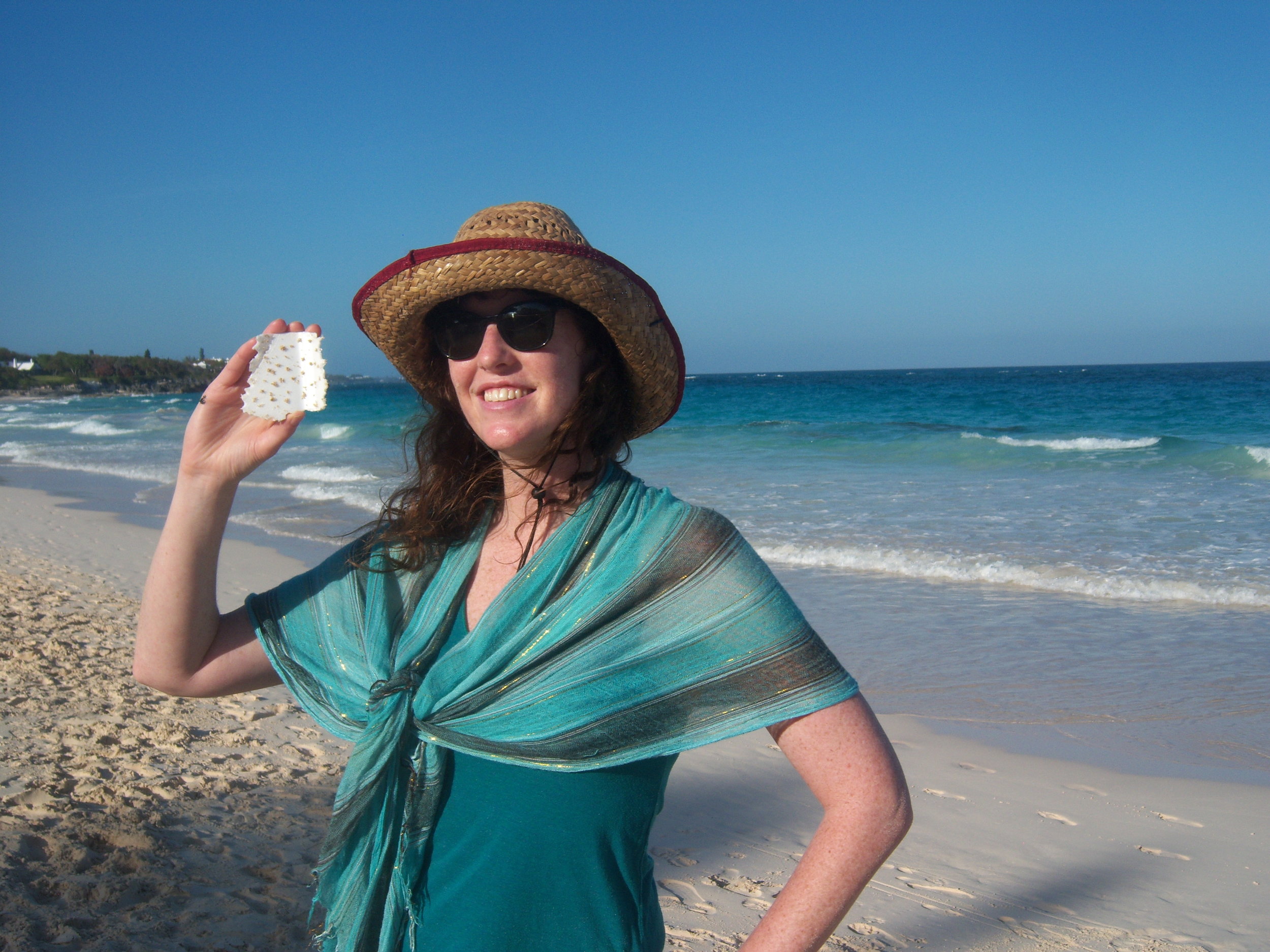Jennie's Ocean Voyage: There is a North Atlantic Garbage Patch, and I Need to See It
***This is the first in a series of personal blog entries by plasticbaglaws.org’s founder Jennie R. Romer, which will document her trip to study plastic pollution in the North Atlantic Ocean with The 5 Gyres Institute.***

I first learned about ocean gyres in a very different context: As an undergrad marine biology student at UC Santa Barbara over a decade ago. We learned about gyres, basically little vortexes in the ocean caused by currents, which caused upwellings of nutrients from the bottom of the ocean in certain places in the open ocean, which lead to blooms of zooplankton and a whole complex food web. Now I’m embarking on a sailing voyage to one of these gyres, the North Atlantic Gyre, with a research group looking at how these very same currents now accumulate trash in sections of the open ocean. Most of the trash observed tends to be plastic because plastic takes so long to degrade and much of this plastic observed is polyethylene because it tends to be slightly less dense than sea water and thus floats.
I became involved with ocean plastic pollution and The 5 Gyres Institute through my plastic bag advocacy – I’m a lawyer and I spend an inordinate amount of my free time helping cities adopt plastic bag ordinances and avoid lawsuits by the plastics industry. It's my hobby. One of the arguments that proponents of plastic bag reduction ordinances use is that single-use plastic consumption contributes to garbage patches in the ocean, particularly the Great Pacific Garbage Patch. The plastics industry has argued in court briefs that the garbage patches are not described properly, that they are not “islands” or “twice the size of Texas” and basically that if they are not being described properly that they are not a problem. I speak at public hearings against plastics industry attorneys and one of the main reasons I want to go on this trip is to gain first-hand knowledge of exactly what problems plastic causes in the ocean, so that I can help cities and environmental groups more aptly describe the problem.
So, I’m taking off of work for a week on an unlikely vacation. I’m sailing from Bermuda to Rhode Island on a 72 foot sail boat with twelve other people, many of whom I’ve never met, to work around the clock in four hour shifts learning to sail, and collecting samples from the ocean’s surface, and making observations. I do not think that I’ll see a lot of plastic bags on this trip because plastic bags are so thin that I’ve heard they tend to photo-degrade relatively quickly in the open ocean into smaller and smaller plastic bits and are not visible, but maybe I’ll see them. Getting a better sense of what’s out there is what this trip is all about. Observing plastics in the ocean generally relates to my plastic bag advocacy as well, because one of my theories is that awareness of one’s plastic bag use, generally is a “gateway drug” of sorts for awareness of single-use plastic generally.
One of the interesting things about this voyage in particular is that it is in the North Atlantic Gyre. I live in New York City and almost every person that I mentioned my trip to asked me if I was going to the Pacific Ocean to look at plastic. The popular misconception seems to be that the only area where plastic presents a problem in the ocean is in the Great Pacific Garbage Patch. In reality, there is a large garbage patch in the Atlantic as well, but it is not as well studied or publicized. Since I am working on plastic bag ordinances in NYC and surrounding communities, it is important for me to get a sense of what the plastic trash in the Atlantic garbage patch looks like, because that’s where much of the trash from the east coast could eventually end up.
The first stop on my trip was Bermuda, where I attended guest lectures by The 5 Gyres Institute and conducted observations of microplastics on transects at beaches. I was also lucky enough to spend some time with the President of a local environmental group in Bermuda, to discuss plastic bag ordinances and get an insider’s tour of the island and insight into Bermuda’s unique environmental challenges. Not the least of which, Bermuda in is a unique position because it is very close to the North Atlantic Gyre and some of the trash that accumulates in the garbage patch ends up “belching” its contents on to Bermuda’s beaches - and we saw an alarming amount of microplastic in our beach transects.
Microplastic means plastic that has been weathered and photodegraded to the point where much of it looks like little tiny faded aquarium pebbles. We sampled parts of a beach long the high tide mark, picking out all of the plastics that had been “belched” on to the beach in the last high tide. I found it disturbingly difficult to tell which pebbles were shell or rock fragments and which were plastic, which I felt did not bode well for animals that are not even aware that they should be distinguishing between the two. We also found a lot of larger pieces of plastic, much of which was riddled with bite-sized chunks missing and/or was being colonized by other animals, including barnacles - like the piece of expanded polystyrene (commonly known as styrofoam) that I am holding in the picture below. Plastic is not just polluting the ocean, it seems to be quickly becoming part of the ecosystem, as food (which provides no nourishment and often remains stuck in the digestive track of some animals) and as habitat.
The microplastic on Bermuda’s beaches seems to be an indicator of things to come on this trip. The problem seems not to be so much a floating island of easily recognizable plastic debris, but something like an aquarium tank shaken up so that all of the plastic pebbles are suspended in the water column and entwined with algae.
And the adventure begins . . .
Here is information about the sampling that we will be doing:
http://5gyres.org/how_to_get_involved/travel_trawl/
Here is a link to a recent presentation that I gave about how plastic bag reduction laws help address plastic pollution in the ocean (my presentation starts at 12:41):
http://www.youtube.com/watch?v=iwQge2aCiG4
Here is a link to info about other crew members on my voyage:
http://5gyres.org/posts/2013/05/29/meet_the_5_gyres_north_atlantic_gyre_expedition_crew/
If you are inspired to support my plastic bag work, please feel free to make a small donation via the “Donate” button at the bottom of this page. Donations are not tax deductible but will go directly towards expenses related to running my website and providing support to cities.


